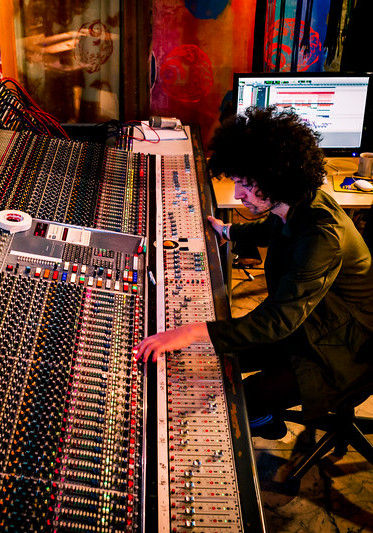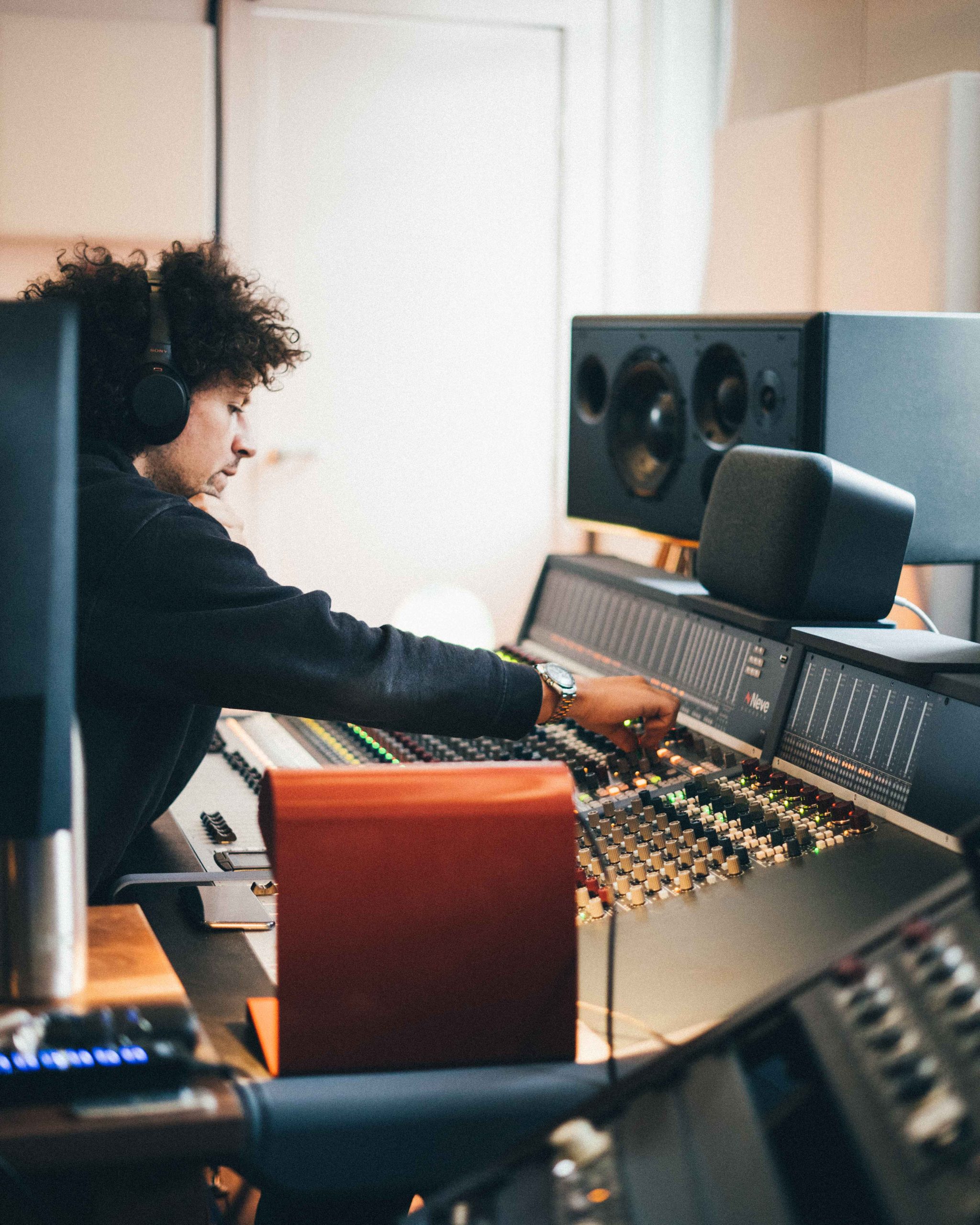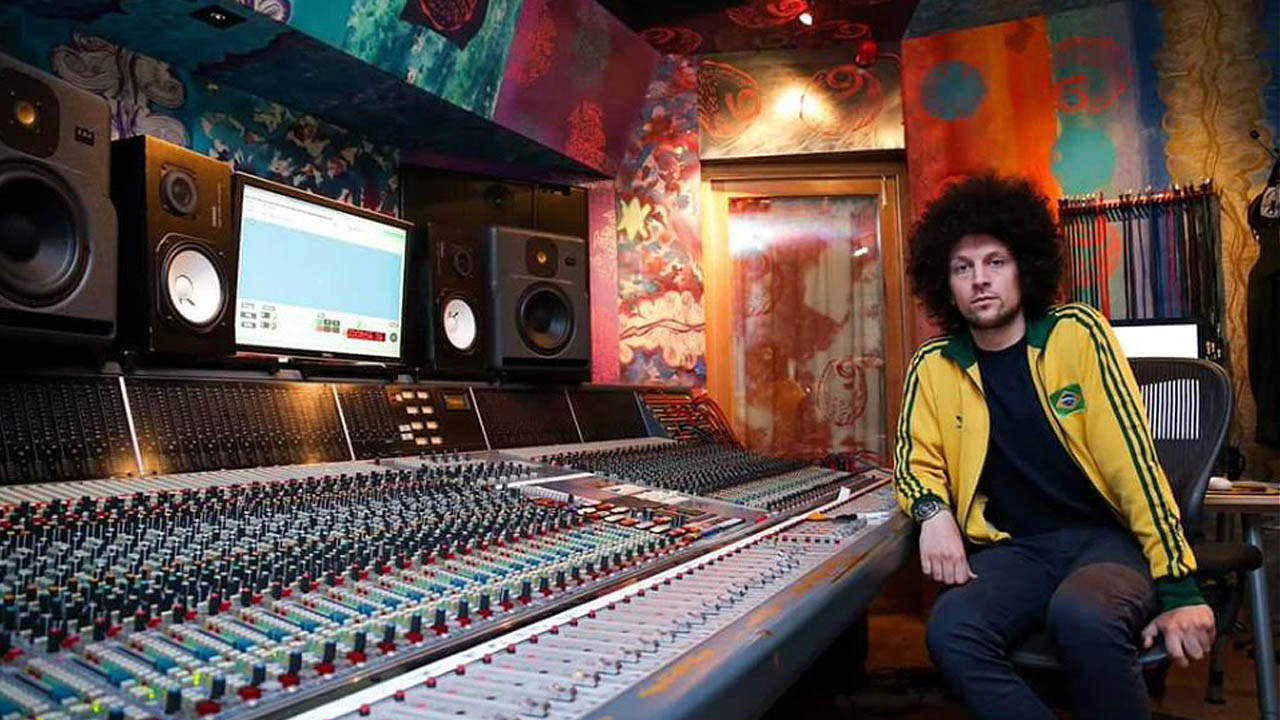Mix engineer and record producer Ben Baptie has engineered records for some massive names in music, from Adele and Mark Ronson to U2, Rufus Wainwright, and many more. Having also worked at some of the most renowned recording studios in the business, including Electric Lady and London’s Metropolis, Baptie knows exactly what he needs from his gear, which is why he’s recently set up his own mixing studio built around a Neve Genesys console...
Fortunately, Baptie has been flat out in the studio of late, something he has become very much accustomed to during his time working as a mix engineer and producer. Keeping him busy have been some singles for singer-songwriter Moses Sumney, a handful of different album projects, and an hour-long ambient piece for the Calm app, which he mixed in his very own brand new studio.
Housed within the Pony Studios complex at London Fields, Baptie made the decision to build his own mixing room after acquiring an impressive haul of audio gear, and so with the coronavirus pandemic and subsequent lockdown influencing the decision, he decided to take the leap.
Previously, Baptie was based out of Strongroom Studios — a reputable independent music community and recording studio in East London’s Hackney area — for around five years.
“When I was there I would always use Studio 1, which is their new VR room,” Baptie begins. “The Neve VR is the board that I actually learned on as an assistant, so when I moved back from New York and went freelance I was just looking for any VR room in London. Strongroom Studio 1 was actually the first room I tried.”
Baptie first started his audio engineering journey at Metropolis — another of London’s famous studios — as assistant to Tom Elmhirst (Amy Winehouse, Adele, David Bowie, Lady Gaga), before jetting off with Elmhirst to the US, but more on that later...







